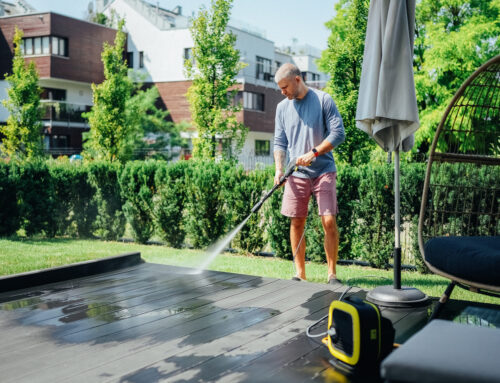How to Reduce Your Home’s Carbon Footprint
 You may work to reduce your personal carbon footprint by driving less and recycling, but do you consider the footprint of your home? To help, Four Seasons Plumbing offers the following insights.
You may work to reduce your personal carbon footprint by driving less and recycling, but do you consider the footprint of your home? To help, Four Seasons Plumbing offers the following insights.
Buy efficient appliances. Appliances are getting more efficient every year, and some have better energy and water-use ratings than others. The energy rating of an appliance is easy to find, and can be a guide for those looking to reduce their electricity and water consumption.
Install low-use fixtures. Shower heads, toilets, faucets and other fixtures come in models that use less water than others. These can lower a home’s utility bill, as well as reduce the amount of water a home uses.
Plant a garden. Plants remove carbon dioxide and give off oxygen, so keeping a garden can at least counteract one’s carbon output, while also providing a fun hobby, home-grown vegetables or beautiful flowers. Install a drip irrigation system so that plants get only the water they need.
Landscape using climate-appropriate plants. Local plants are better-adapted to the environment, non-invasive to other species, and require less water than others.
Consider tankless water heaters. Traditional water heaters store 30 to 50 gallons of water and are engineered to keep all that water hot at all times. Tankless water heaters only heat water as its used, cutting back on both energy and water use. Tankless water heaters have other benefits, too. For instance, the average life expectancy of a tankless water heater is more than 20 years compared to 10 – 15 years for traditional storage water heaters. They also take up about a quarter of the space, and their construction requires fewer raw materials.
Source: Four Seasons Plumbing
Reprinted with permission from RISMedia. ©2018. All rights reserved.













![The Perks of Downsizing When You Retire [INFOGRAPHIC]](https://metropolist.com/wp-content/uploads/2024/04/the-perks-of-downsizing-when-you-retire-mem-500x383.png)

